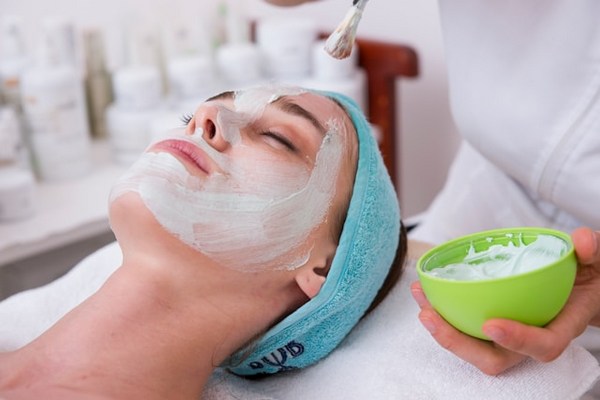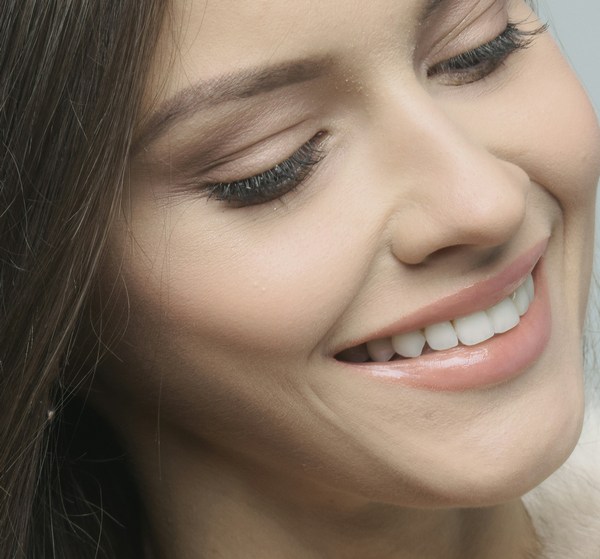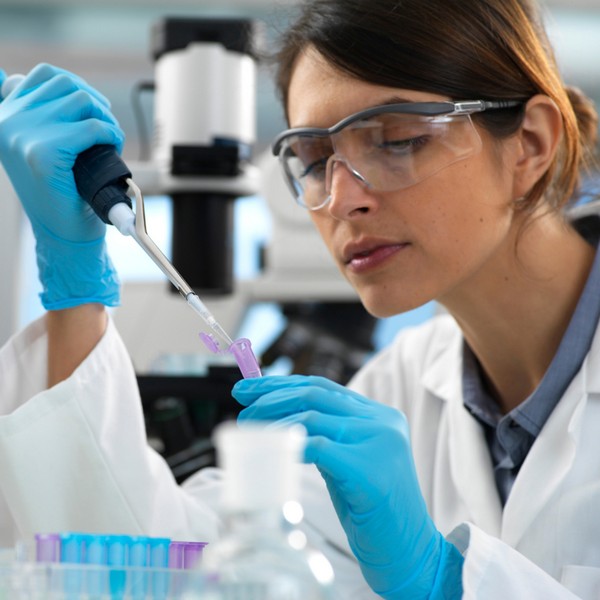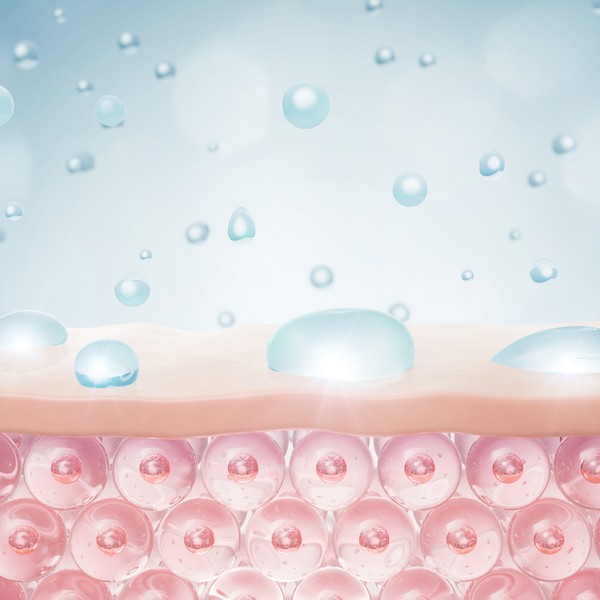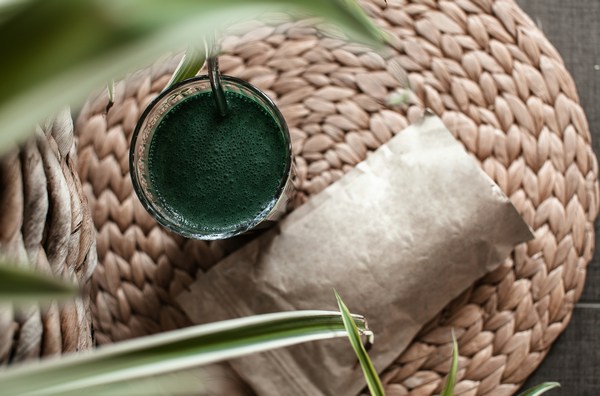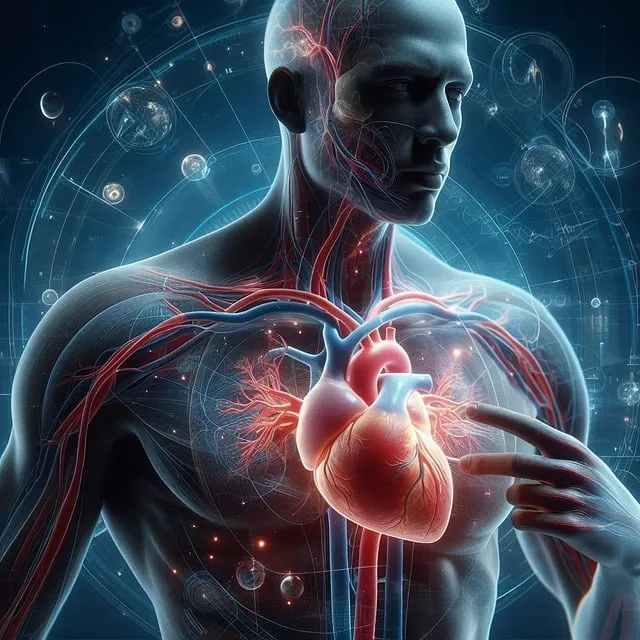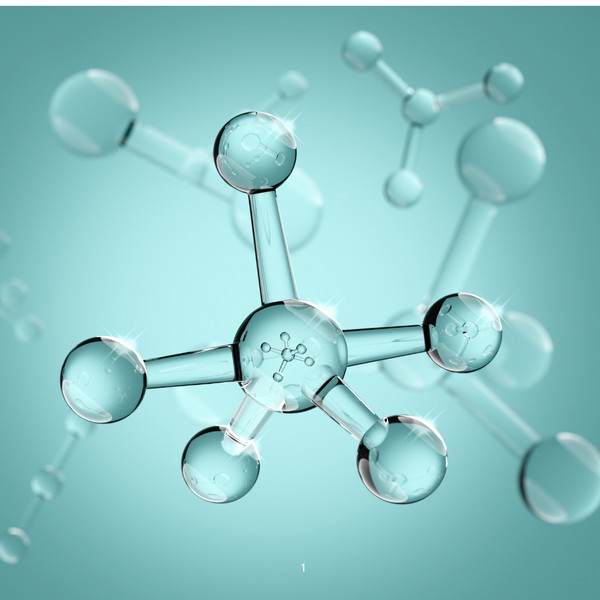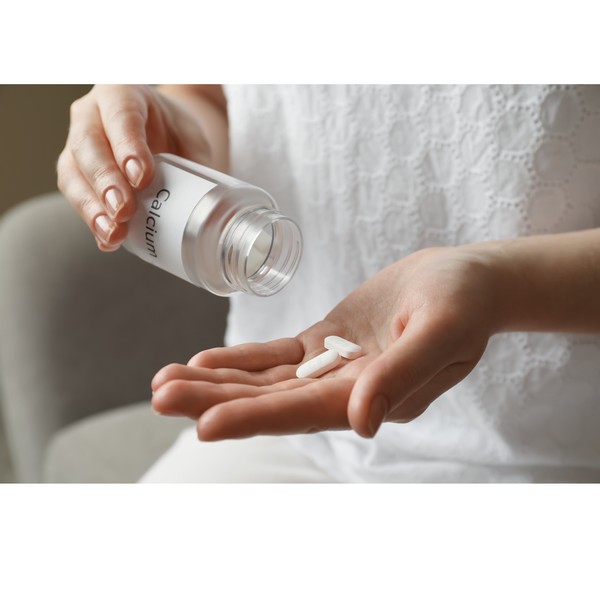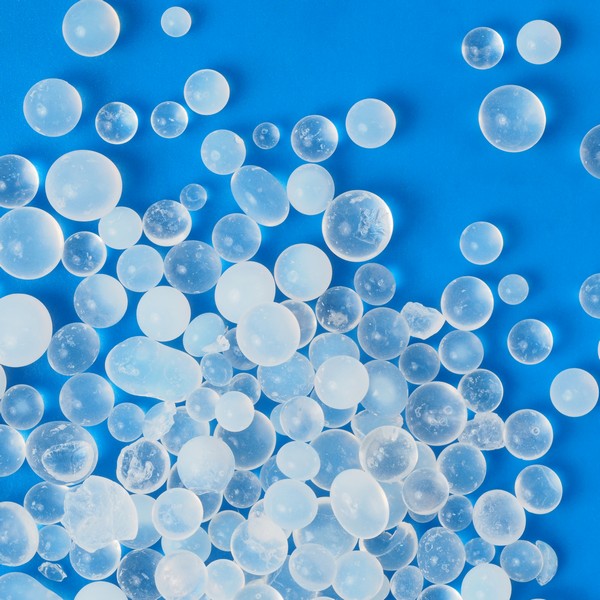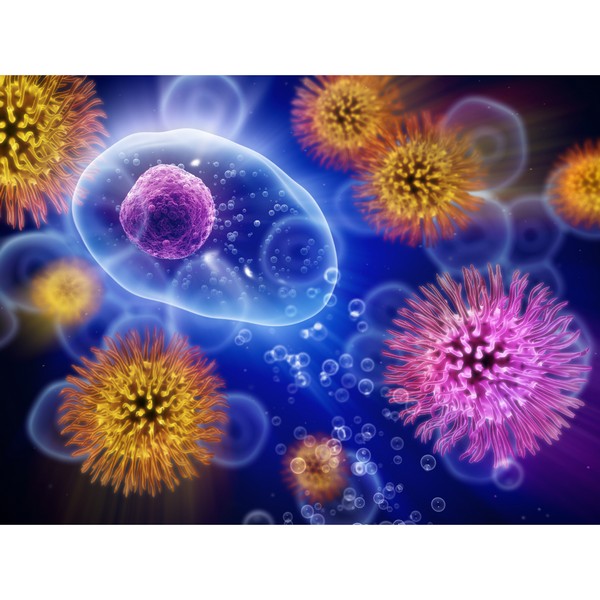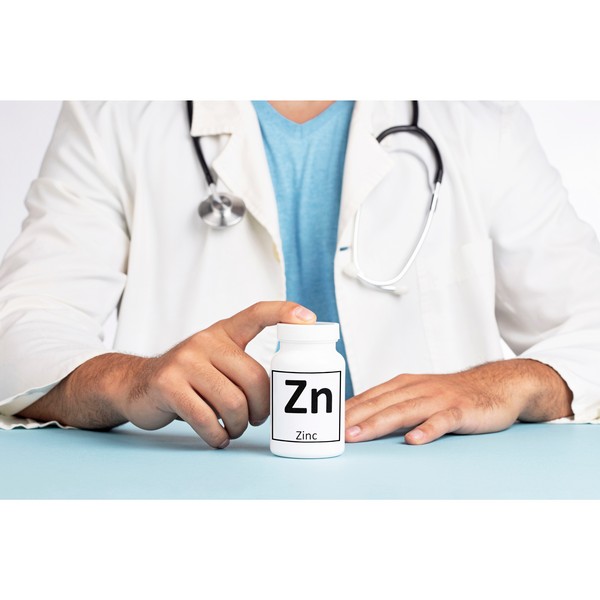Key Highlights
- Tips for adding healthy fats into your diet and simple meal planning for skin health.
- Address common concerns about dairy and acne, and differences between saturated and unsaturated fats.
- Essential foods for skin health include butter, ghee, liver, eggs, fatty fish, grass-fed beef, cod liver oil, and bone broth.
- Nutrient-rich food provide healthy fats, vitamins A, D, and E, protein, and collagen for skin health.
- The keto diet can reduce acne, regulate sebum, and lower inflammation.
Table of Contents
Unhealthy habits like smoking, excessive alcohol consumption, and a high-sugar diet can have negative effects on our complexion.
On the other hand, eating a healthy diet and incorporating essential foods for skin health can help maintain youthful and radiant skin.
Essential Foods for Enhanced Skin Health: A Guide
When it comes to enhancing your skin health, certain foods can work wonders. These foods are rich in healthy fats, vitamins, and nutrients that support skin repair, collagen production, and skin structure.
| Butter and Ghee | Butter and ghee are rich in healthy fats that nourish the skin from within. They contain vitamins A and E, which are essential for skin health and repair. These fats help maintain skin elasticity and hydration, preventing dryness and wrinkles. |
| Liver | Liver is a rich source of vitamin A, which is crucial for skin repair and maintenance. Vitamin A supports the growth and development of skin cells, promoting healthy skin. It is important to consume liver in moderation, as excessive intake may lead to vitamin A toxicity. |
| Eggs | Eggs are a powerhouse of protein, which is essential for skin health and repair. They also contain biotin, a B vitamin that promotes healthy skin and hair. Eggs provide essential nutrients that contribute to healthy and radiant skin. |
| Cod Liver Oil | Cod liver oil is derived from the liver of cod fish and is rich in vitamins A and D. Vitamin A supports skin cell growth and repair, while vitamin D promotes skin health and tone. Omega-3 fatty acids in cod liver oil contribute to overall skin health and hydration. Adding cod liver oil to your diet can provide the essential nutrients needed for healthy and glowing skin. |
| Fatty Fish | Fatty fish varieties like salmon, mackerel, and herring are rich in omega-3 fatty acids. Omega-3 fatty acids are essential for maintaining skin elasticity and hydration. These fish varieties also provide other nutrients that support a healthy diet and skin. Oily fish like sardines and trout are rich in vitamin D and essential fatty acids. Vitamin D plays a crucial role in skin health and helps maintain skin cell function. Essential fatty acids, such as omega-3 and omega-6, support healthy skin and prevent dryness. |
| Grass-Fed Beef | Grass-fed beef is a great source of high-quality protein, which is needed for collagen production and skin structure. Protein supports the growth and repair of skin cells, promoting healthy and youthful skin. Choose grass-fed beef to ensure you’re getting the highest quality protein and essential nutrients for your skin. |
| Bone Broth | Bone broth is a rich source of collagen, a protein that supports skin elasticity and reduces the signs of aging. Collagen provides the building blocks for strong and healthy skin, promoting a youthful appearance. The amino acids glycine and proline in bone broth contribute to collagen production and skin health. |
| Full-Fat Dairy Products | Full-fat dairy products like milk, cheese, and yogurt are rich in vitamins A and D. Vitamin A promotes skin repair and maintenance, while vitamin D supports overall skin health. Opt for full-fat options to ensure you’re getting the maximum benefits for your skin health. |
| Blackberries, Acerola Cherries and Raspberries | These vibrant berries are packed with Vitamin C, a powerful antioxidant vital for collagen production and fighting oxidative damage. Blackberries, acerola cherries, and raspberries, along with strawberries, help maintain skin health by combating free radicals and promoting skin cell regeneration. Vitamin C aids in reducing the appearance of wrinkles and fine lines, improving skin tone and texture. Additionally, the antioxidants present in these fruits protect the skin from UV damage and environmental stressors, contributing to a radiant complexion. |
The Science Behind Foods and Skin Health
Animal-based foods are packed with essential nutrients that support skin health. They are rich in healthy fats, vitamins A, D, and E, protein, and collagen, all of which play a key role in skin repair, skin structure, and overall skin health.
These foods provide the necessary building blocks for healthy skin cells, promote collagen production, and protect against skin damage and aging, including the risk of developing skin cancer.
Understanding Omega-3 Fatty Acids and Skin Elasticity
Omega-3 fatty acids are essential for maintaining skin elasticity and hydration. These healthy fats are found in fatty fish varieties like salmon, mackerel, and herring.
Omega-3 fatty acids help support the structure of the skin, improve its overall elasticity, and promote a youthful appearance.
The Role of Vitamins A, D, and E in Skin Repair and Health
Vitamins A, D, and E play crucial roles in skin repair and health. Vitamin A supports the growth and development of skin cells, promoting their repair and maintenance.
Vitamin D helps regulate skin cell function and promotes overall skin health. Vitamin E is a powerful antioxidant that protects the skin from sun damage and helps maintain its health and appearance.
How Protein and Vitamin C Intake Affects Collagen Production and Skin Structure
Protein plays a key role in collagen production, essential for skin structure and elasticity. Vitamin C is crucial as it aids in collagen synthesis, combating skin aging and maintaining healthy skin.
Together, they promote skin cell regeneration and repair, combating free radicals that contribute to skin aging.
Including foods rich in protein and vitamin C in your diet is essential for maintaining optimal skin health and supporting collagen production for a youthful and radiant skin appearance.
Debunking Myths About Animal Products and Skin Issues
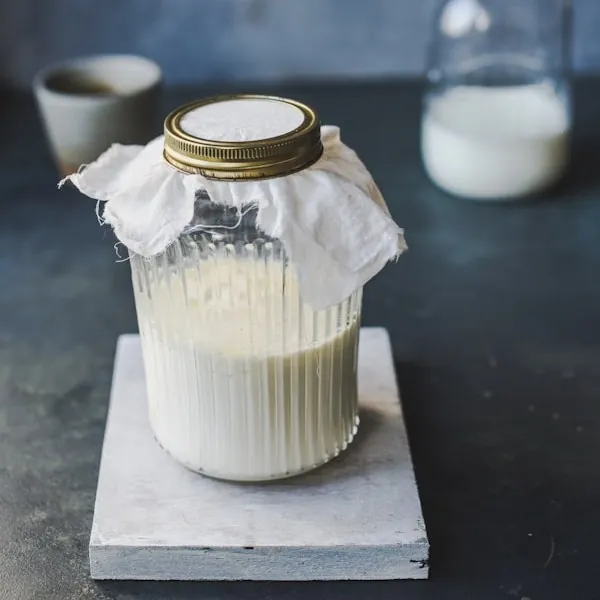
One common myth is that dairy products like milk and cheese can cause acne.
While some individuals may experience acne flare-ups due to dairy sensitivity, there is no direct link between dairy consumption and acne in everyone.
Another myth is that animal fats are always bad for the skin.
The truth is that not all fats are created equal, and healthy fats found in animal products like omega-3 fatty acids can actually promote skin health.
Addressing Common Concerns About Dairy and Acne
One common concern is the belief that consuming dairy products can cause or worsen acne. According to board-certified dermatologist Georgina Ferzli, MD, while there is some evidence to suggest that dairy may affect acne in certain individuals, it is not a definitive cause for everyone.
Some studies have shown a link between dairy consumption and acne, while others have found no association.
If you suspect that dairy is contributing to your acne, it may be worth experimenting with removing or reducing dairy from your diet to see if it makes a difference.
However, it’s important to note that everyone’s skin is different, and what works for one person may not work for another.
It is always best to consult with a dermatologist for personalized advice and treatment options for your specific skin concerns.
The Truth About Fats: Saturated vs. Unsaturated
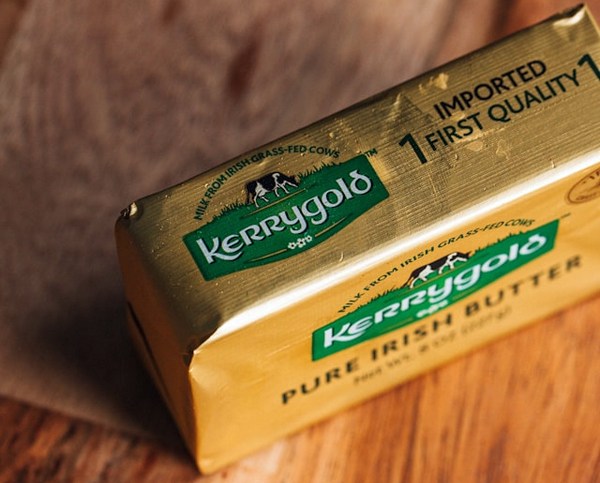
The topic of fats can be confusing when it comes to skin health. There is often a misconception that all fats are bad for the skin, but the truth is more nuanced.
Saturated fats, found in animal products like butter, ghee, and full-fat dairy, have been demonized in the past.
However, recent research suggests that saturated fats may not be as harmful as previously thought and can have some benefits for skin health.
On the other hand, unsaturated fats, found in foods like avocados, nuts, and olive oil, are considered healthier fats that can support skin health.
Nutrient-Dense Foods
Focus on a balanced diet that includes a variety of nutrient-rich foods to achieve the best results for your skin. These foods provide essential nutrients like healthy fats, vitamins, and protein that support skin repair, collagen production, and overall skin health.
Practical Tips for Including Healthy Fats in Your Diet

Adding healthy fats to your diet is easier than you might think. Here are some practical tips to help you get started:
- Replace vegetable oil with healthier alternatives like butter, ghee, or tallow for cooking and baking.
- Eat as many eggs as you wish, especially the yolk
- Include fatty fish like salmon, sardines or mackerel in your weekly meal plan.
- Choose the fattier cuts of meat when shopping
- Use full-fat dairy products like yogurt or cheese in moderation as part of a balanced diet.
Conclusion
Achieving healthy, glowing skin goes beyond just topical treatments. It starts from within, with a diet rich in nutrient-dense foods. Healthy fats, proteins, and a variety of vitamins and minerals support skin repair, collagen production, and overall skin vitality. Simple dietary adjustments, such as using healthier cooking fats, eating more eggs and fatty fish, and choosing full-fat dairy products, can significantly enhance your skin health. The journey to better skin involves both what you eat and your overall lifestyle choices.
Frequently Asked Questions
Can Eating Fish Really Improve My Skin’s Appearance?
Yes, eating fish can improve your skin’s appearance. Fatty fish varieties like salmon, mackerel, and herring are rich in omega-3 fatty acids, which support skin health and reduce inflammation. Including fish in your diet can contribute to healthy, glowing skin.
Are There Any Risks Associated with High Intake of Animal Fats?
It depends on the overall composition of the diet. Animal fats can be part of a healthy diet so long as carbohydrate intake is low. It’s important to strike a balance and choose healthier fats like omega-3 fatty acids for overall skin and heart health.
If you consume high amounts of carbohydrates and or ultra-processed foods your health risks rise no matter how much fat you eat.
Do I need to Supplement with Collagen if Consuming Bone Broth Regularly?
No. Bone broth is a rich source of collagen and can support skin elasticity and collagen production. However, individual needs may vary, and it’s best to consult with a healthcare professional for personalized advice.
How Can I Ensure a Balanced Diet While Focusing on Skin-Enhancing Foods?
To ensure a balanced diet while focusing on skin-enhancing foods, include a variety of nutrient-rich foods in your meals. Foundational foods for like fatty fish, grass-fed beef, eggs, and occasional organs and dairy products give you all the nutrition you need. Anything else is just garnish based on your preferences.
Research
Altobelli, G. G., Van Noorden, S., Balato, A., & Cimini, V. (2020). Copper/Zinc Superoxide Dismutase in Human Skin: Current Knowledge. Frontiers in Medicine, 7, 537401. https://doi.org/10.3389/fmed.2020.00183
Augustyniak, A., Gottardi, D., Giordani, B., Gaffey, J. and Mc Mahon, H., 2023. Dairy bioactives and functional ingredients with skin health benefits. Journal of Functional Foods, 104, p.105528.
Banta, J.E., Lee, J.W., Hodgkin, G., Yi, Z., Fanica, A. and Sabate, J., 2018. The Global Influence of the Seventh-Day Adventist Church on Diet. Religions, [online] 9(9), p.251.
https://doi.org/10.3390/rel9090251.
Borkow G, Gabbay J, Copper as a biocidal tool. Curr. Med. Chem 2005; 12: 2163-75.
Borkow G, Gabbay J, Dardik R. et al. Molecular mechanisms of enhanced wound healing by copper oxide-impregnated dressings. Wound. Repair Regen. 2010; 18: 266-75.
Borkow G, Gabbay J, Zatcoff RC. Could chronic wounds not heal due to too low local copper levels? Med. Hypotheses 2008; 70: 610-3.
Borkow G. Using copper to fight microorganisms. Curr Chem Biol 2012; 6: 93-103.
Burr, G.O., Burr, M.M.: A new deficiency disease produced by the rigid exclusion of fat from the diet. J. Biol. Chem. 82, 345–367 (1929)
Crisan, D., Roman, I., Crisan, M., Scharffetter-Kochanek, K. and Badea, R., 2015. The role of vitamin C in pushing back the boundaries of skin aging: an ultrasonographic approach. Clinical, cosmetic and investigational dermatology, pp.463-470.
De Caterina, R., Liao, J.K., Libby, P.: Fatty acid modulation of endothelial activation. Am. J. Clin. Nutr. 71, 213S–223S (2000)
Espirito SC, Taudte N, Nies DH, Grass G. Contribution of copper ion resistance to survival of Escherichia coli on metallic copper surfaces. Appl. Environ Microbiol 2008; 74: 977-86.
Hearing VJ, Jimenez M. Mammalian tyrosinase--the critical regulatory control point in melanocyte pigmentation. Int. J Biochem. 1987; 19: 1141-7.
Hu GF. Copper stimulates proliferation of human endothelial cells under culture. J Cell Biochem. 1998; 69: 326-35.
Kafi R, Kwak HSR, Schumacher WE, et al. Improvement of Naturally Aged Skin With Vitamin A (Retinol). Arch Dermatol. 2007;143(5):606–612. doi:10.1001/archderm.143.5.606
Kang YA, Choi HR, Na JI. et al. Copper-GHK increases integrin expression and p63 positivity by keratinocytes. Arch. Dermatol. Res. 2009; 301: 301-6.
Kanitakis J. Anatomy, histology and immunohistochemistry of normal human skin. Eur. J Dermatol.2002; 12: 390-9.
Kimoto-Nira, H., Nagakura, Y., Kodama, C., Shimizu, T., Okuta, M., Sasaki, K., Koikawa, N., Sakuraba, K., Suzuki, C., & Suzuki, Y. (2014). Effects of ingesting milk fermented by Lactococcus lactis H61 on skin health in young women: A randomized double-blind study. Journal of Dairy Science, 97(9), 5898-5903. https://doi.org/10.3168/jds.2014-7980
Kobayashi T, Saito N, Takemori N. et al. Ultrastructural localization of superoxide dismutase in human skin. Acta Derm. Venereol. 1993; 73: 41-5.
Kong, R., Cui, Y., Fisher, G. J., Wang, X., Chen, Y., Schneider, L. M., & Majmudar, G. (2016). A comparative study of the effects of retinol and retinoic acid on histological, molecular, and clinical properties of human skin. Journal of Cosmetic Dermatology, 15(1), 49-57. https://doi.org/10.1111/jocd.12193
Kothapalli CR, Ramamurthi A. Copper nanoparticle cues for biomimetic cellular assembly of crosslinked elastin fibers. Acta Biomater. 2009; 5: 541-53.
Linder MC, Wooten L, Cerveza P. et al. Copper transport. Am. J. Clin. Nutr. 1998; 67: 965S-71S.
McLafferty E, Hendry C, Alistair F. The integumentary system: anatomy, physiology and function of skin. Nurs. Stand. 2012; 27: 35-42.
Milanino R. Copper in medicine and personal care: a historical overview. In: Hostynek JJ, Maibach HI, Eds. Copper and the skin. New York, NY: Informa Healthcare USA, Inc., 2006: Pp. 149-160.
Olivares C, Solano F. New insights into the active site structure and catalytic mechanism of tyrosinase and its related proteins. Pigment Cell Melanoma Res. 2009; 22: 750-60.
Peltonen L, Kuivaniemi H, Palotie A. et al. Alterations in copper and collagen metabolism in the Menkes syndrome and a new subtype of the Ehlers-Danlos syndrome. Biochemistry 1983; 22: 6156-63.
Pena MM, Lee J, Thiele DJ. A delicate balance: homeostatic control of copper uptake and distribution. J Nutr 1999; 129: 1251-60.
Philips N, Hwang H, Chauhan S, Leonardi D, Gonzalez S. Stimulation of cell proliferation and expression of matrixmetalloproteinase-1 and interluekin-8 genes in dermal fibroblasts by copper. Connect. Tissue Res. 2010; 51: 224-9.
Philips N, Samuel P, Parakandi H. et al. Beneficial regulation of fibrillar collagens, heat shock protein-47, elastin fiber components, transforming growth factor-beta1, vascular endothelial growth factor and oxidative stress effects by copper in dermal fibroblasts. Connect. Tissue Res. 2012; 53: 373-8.
Philips N, Tuason M, Chang T. et al. Differential effects of ceramide on cell viability and extracellular matrix remodeling in keratinocytes and fibroblasts. Skin Pharmacol. Physiol 2009; 22: 151-7.
Philips N, Samuel M, Arena R. et al. Direct inhibition of elastase and matrixmetalloproteinases and stimulation of biosynthesis of fibrillar collagens, elastin, and fibrillins by xanthohumol. J Cosmet. Sci. 2010; 61: 125-32.
Pickart, L., & Margolina, A. Skin Regenerative and Anti-Cancer Actions of Copper Peptides. Cosmetics, 5(2), 29. https://doi.org/10.3390/cosmetics5020029
Pickart, L., Michelle, J., & Margolina, A. GHK-Cu may Prevent Oxidative Stress in Skin by Regulating Copper and Modifying Expression of Numerous Antioxidant Genes. Cosmetics, 2(3), 236-247. https://doi.org/10.3390/cosmetics2030236
Raju KS, Alessandri G, Ziche M, Gullino PM. Ceruloplasmin, copper ions, and angiogenesis. J Natl. Cancer Inst. 1982; 69: 1183-8.
Rembe, J.D., Fromm-Dornieden, C. and Stuermer, E.K., 2018. Effects of vitamin B complex and vitamin C on human skin cells: is the perceived effect measurable?. Advances in skin & wound care, 31(5), pp.225-233.
Sajithlal GB, Chithra P, Chandrakasan G. An in vitro study on the role of metal catalyzed oxidation in glycation and crosslinking of collagen. Mol. Cell Biochem. 1999; 194: 257-63.
Santos, J.S., Tavares, G.D. and Barradas, T.N., 2021. Vitamin E and derivatives in skin health promotion. Vitamin E in Health and Disease-Interactions, Diseases and Health Aspects.
Sen CK, Khanna S, Venojarvi M. et al. Copper-induced vascular endothelial growth factor expression and wound healing. Am J Physiol Heart Circ. Physiol 2002; 282: H1821-H1827.
Sheng Y, Abreu IA, Cabelli DE. et al. Superoxide dismutases and superoxide reductases. Chem Rev. 2014; 114: 3854-918.
Simopoulos, A.P.: Omega-3 fatty acids in health and disease and in growth and development. Am. J. Clin. Nutr. 54, 438–463 (1991)
Subasree, S., 2014. Role of vitamin C and vitamin E in health and disease. Journal of Pharmaceutical Sciences and Research, 6(1), p.52.
Sawada Y, Saito-Sasaki N and Nakamura M (2021) Omega 3 Fatty Acid and Skin Diseases. Front. Immunol. 11:623052. doi: 10.3389/fimmu.2020.623052
Thomsen, B. J., Chow, E. Y., & Sapijaszko, M. J. (2020). The Potential Uses of Omega-3 Fatty Acids in Dermatology: A Review. Journal of Cutaneous Medicine and Surgery. https://doi.org/10.1177_1203475420929925
Trumbo P, Yates AA, Schlicker S, Poos M. Dietary reference intakes: vitamin A, vitamin K, arsenic, boron, chromium, copper, iodine, iron, manganese, molybdenum, nickel, silicon, vanadium, and zinc. J Am. Diet. Assoc. 2001; 101: 294-301.
Vahlquist, A., Lee, J. B., Michaëlsson, G., & Rollman, O. (1982). Vitamin A in Human Skin: II Concentrations of Carotene, Retinol and Dehydroretinol in Various Components of Normal Skin. Journal of Investigative Dermatology, 79(2), 94-97. https://doi.org/10.1111/1523-1747.ep12500033
Hydration to Hyaluronic Acid: Journey to Dewy Skin
Key Highlights Proper hydration is essential for achieving radiant and healthy skin. Hyaluronic acid is a powerful humectant that helps…
10 Must-Try Dry Skin Remedies
Key Highlights Aloe vera gel, coconut oil, oatmeal baths can moisturize and nourish dry skin. Olive oil, almond oil, and…
Sustainable Beauty: Redefining Skincare with Eco-Friendly Practices
Key Highlights Sustainable beauty focuses on products that are good for the planet and consumer health Ingredients, manufacturing practices, packaging,…
Natural Skin Care Routine: Quick Start Guide
Key Takeaways A natural skin care routine uses ingredients without harmful chemicals. Cleansing, exfoliating, and moisturizing are the core steps….

